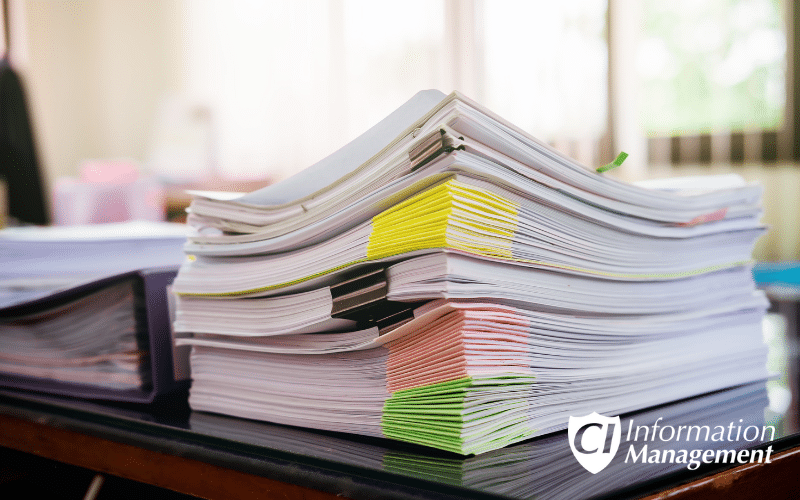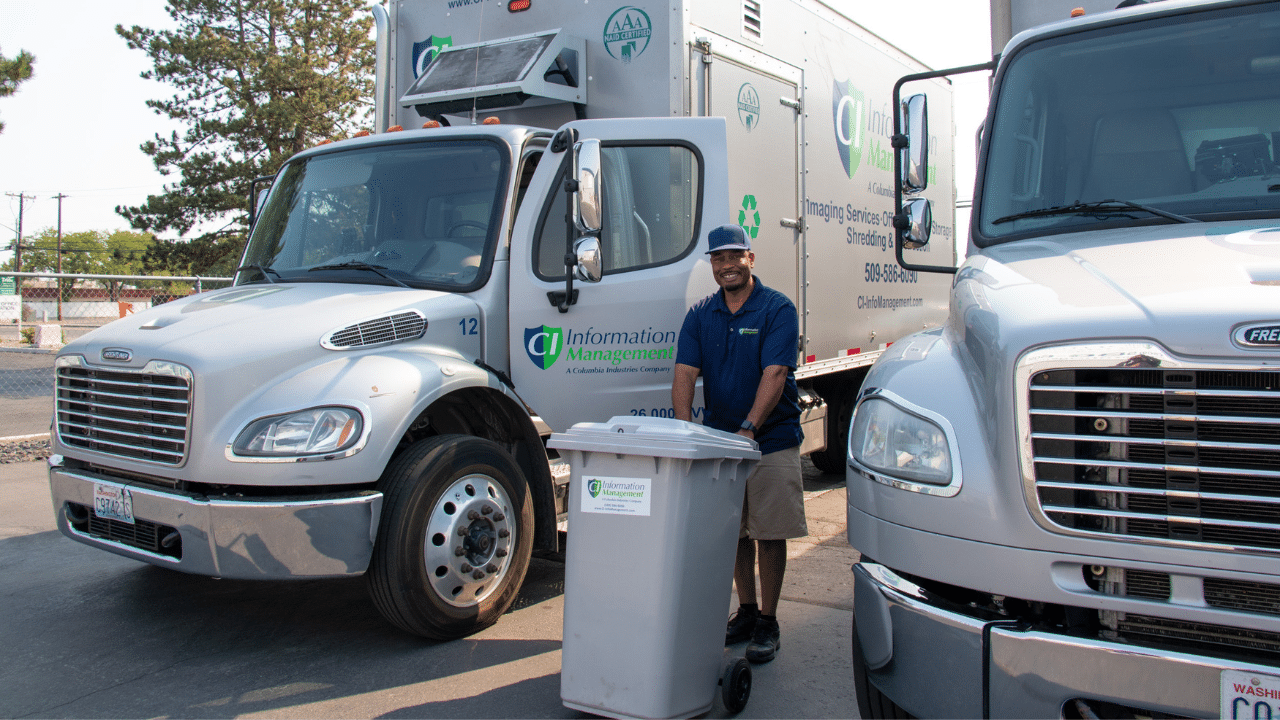 When I began my flying lessons, one crucial point emphasized was that the number one cause of aviation accidents was pilot error. I had assumed mechanical failure or adverse weather conditions would top the list, but human error stood as the primary factor. The truth is, despite our intelligence, human mistakes often cause the problems we encounter. This is just as true when it comes to your information destruction plan.
When I began my flying lessons, one crucial point emphasized was that the number one cause of aviation accidents was pilot error. I had assumed mechanical failure or adverse weather conditions would top the list, but human error stood as the primary factor. The truth is, despite our intelligence, human mistakes often cause the problems we encounter. This is just as true when it comes to your information destruction plan.
In information destruction, human error is a significant weak link. Below, we’ve outlined several of these weak points and ways to strengthen them.
The Weak Links
According to data privacy laws, your company must safeguard all personally identifiable information (PII) it produces, stores, or uses. Throughout the lifespan of this information, it must be tracked and a record must be maintained. Here are some weak links that can occur during the information’s lifespan:
- Unnecessary information generation and storage: Storing relevant information is valuable and beneficial to the company’s regular business. However, storing unnecessary information increases the risk of the privacy breaches, loss, or theft. Newer privacy laws now require companies to have legitimate reason for the information they request from their clients.
- Sharing information with unauthorized individuals: This may be stem from a misunderstanding of policy and guidelines, leaving a screen unattended, or leaving documents exposed, which can lead to them being seen, misplaced, or taken. Private information must be protected by staff members at all times.
- Improper disposal of documents: Discarding documents in the recycle bin or trash can is a significant mistake. While it may seem easier, proper disposal in a secure shredding collection container is essential to maintain privacy and compliance.
- Inadequate shredding with an office shredder: Most office shredders do not sufficiently destroy documents, and discarding shredded paper from the same source in the same dumpster makes your information susceptible to being reconstructed. Failing to properly destroy PII renders you non-compliant with data privacy laws.
- Failure to follow retention dates: Understanding and adhering to the lifespan of specific documents for your business is crucial. Ensure that documents are neither destroyed before—nor maintained after—the retention date.
- Lack of proof of destruction: Destroying documents without proper oversight leaves private information at risk and leaves you without proof of destruction within an unbroken chain of custody.
Strengthening Weak Links
Every business has areas that require improvement, and until these weak links are addressed, they can undermine the strength of your information destruction plan. Here are ways to strengthen those weak areas:
- Implement a Data Destruction Policy to ensure compliance:
- Define the data that needs to be protected, involving representatives from various departments to identify weak points and opportunities for improvement.
- Enforce the policy with every employee, regardless of their position.
- Conduct regular audits of destruction policies.
- Digitize Your Records: While some records need to be original paper copies, using digital formats provides:
- Backup to paper copies.
- Reduction of required storage space.
- Easier means of transferring and sharing documents, even when away from the office.
- Reduced risk of paper documents being accessed by unauthorized people.
- Disposal of all paper, ensuring no private information is overlooked and misses proper destruction.
- Partner with a Professional Information Destruction Company: A reputable shredding company can be one of your strongest links in your destruction plan by providing:
- Secure, compliant shredding.
- Shredding collection containers.
- Secure transportation to a well-protected facility.
- A Certificate of Destruction, offering written proof of proper information destruction.
CI Information Management provides all the services you need to stay compliant with your information destruction plan. We are NAID AAA Certified, adhering to the highest of standards to ensure your trust in us for your shredding needs. To help strengthen the weak links in your private information chain of custody, simply call us at 509-586-6090.




